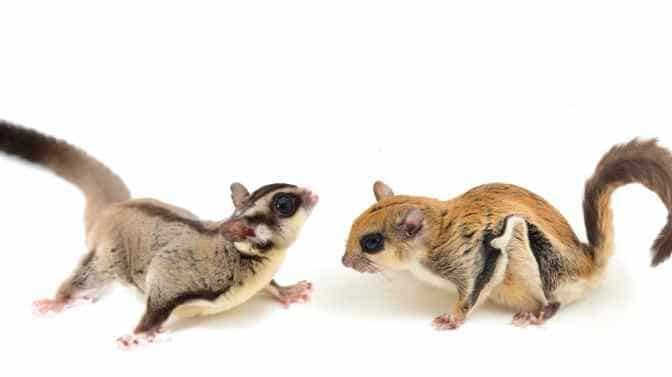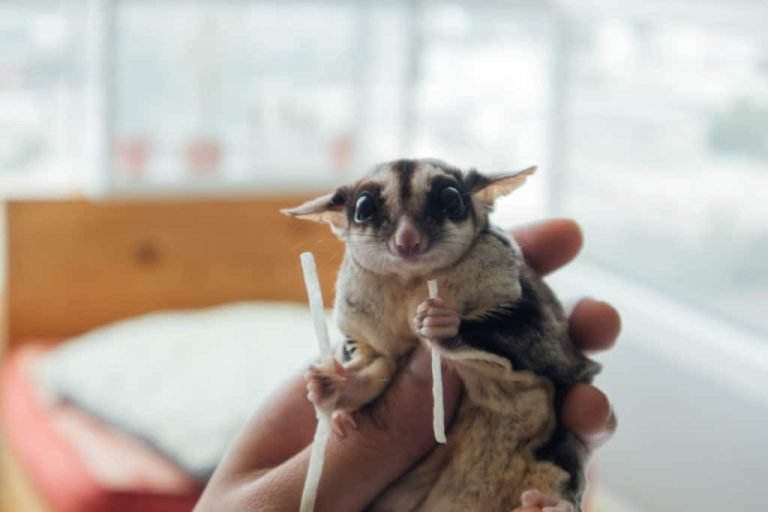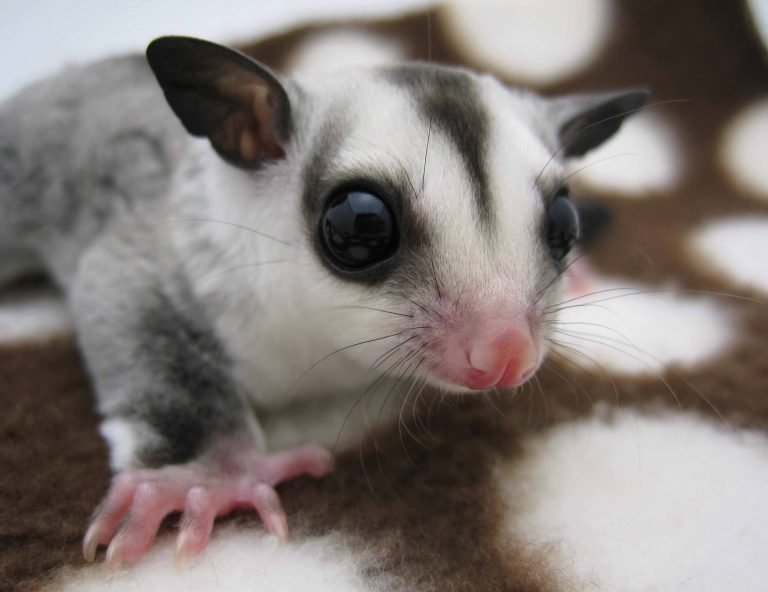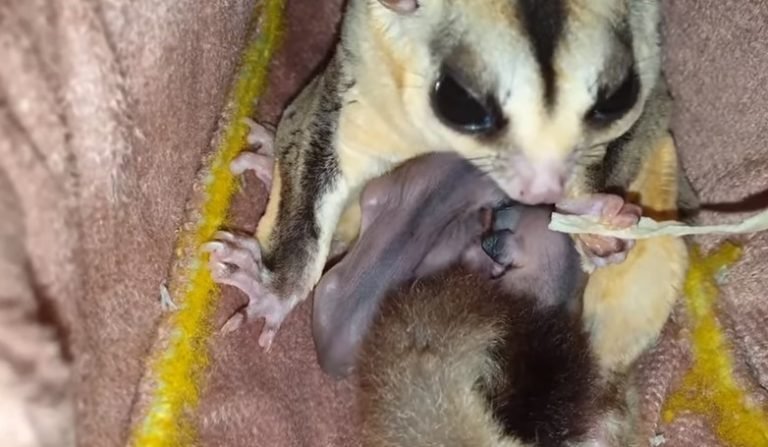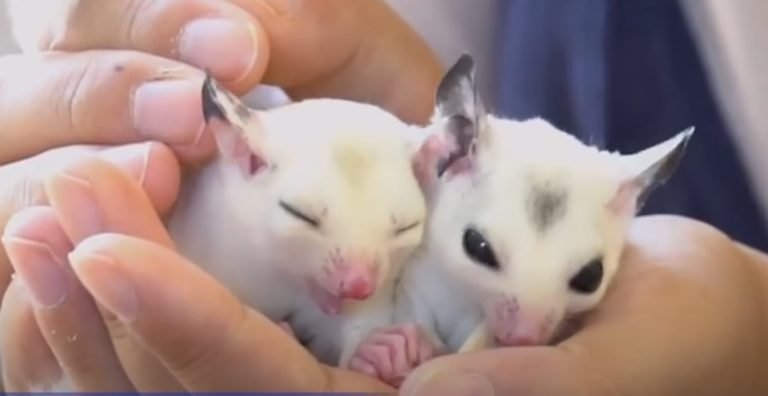Are Flying Squirrels And Sugar Gliders The Same
Are flying squirrels and sugar gliders the same? This is a question that many people have when it comes to these two adorable creatures. While they may have some similarities, flying squirrels and sugar gliders are actually different animals with distinct characteristics. In this article, we will explore the differences between these two fascinating creatures and delve into their unique traits. So, let’s get started!
The Similarities
Before we dive deep into the dissimilarities, let’s take a moment to highlight the similarities between flying squirrels and sugar gliders. Both of these extraordinary animals are small, nocturnal mammals with the ability to glide through the air. They are both native to different parts of the world and showcase some astonishing adaptations that allow them to traverse through the trees with ease and agility.
The Gliding Abilities
One of the most striking similarities between flying squirrels and sugar gliders is their exceptional gliding abilities. Flying squirrels possess a flap of skin called a patagium that stretches between their limbs, allowing them to glide effortlessly through the air. Similarly, sugar gliders have a patagium that extends from their wrists to their ankles, enabling them to glide smoothly from tree to tree.

Nocturnal Behavior
Both flying squirrels and sugar gliders are nocturnal creatures, meaning they are most active during the night. This nocturnal behavior helps them avoid predators and take advantage of the cover of darkness to find food and explore their surroundings.
Similar Diets
Another similarity between these two creatures lies in their dietary preferences. Both flying squirrels and sugar gliders are omnivores, which means they consume a combination of plant material and insects. They feast on a variety of fruits, nectar, tree sap, and small insects, which provide them with the necessary nutrients to thrive in their natural habitats.
The Differences
While flying squirrels and sugar gliders might share certain similarities, there are several key differences that set them apart from each other. These differences range from their physical characteristics to their native habitats and behaviors. Let’s explore them in more detail.
Physical Appearance
Flying squirrels and sugar gliders have distinct physical appearances that make them easily identifiable. Flying squirrels have a more squirrel-like appearance with a bushy tail and large, round eyes. They come in various colors, including shades of gray, brown, and white. On the other hand, sugar gliders have a more unique appearance, with large eyes and a gliding membrane that extends between their limbs. They also have a characteristic furry membrane called a patagium that stretches from their wrists to their ankles, allowing them to glide through the air.
Native Habitats
Flying squirrels and sugar gliders have different native habitats. Flying squirrels are found in various parts of the world, including North America, Europe, and Asia. They inhabit forests and woodlands, where they build nests in tree cavities. Sugar gliders, on the other hand, are native to Australia, New Guinea, and Indonesia. They thrive in tropical rainforests and woodlands, clinging to trees and gliding from branch to branch.
Social Behavior
When it comes to social behavior, flying squirrels and sugar gliders have some notable differences. Flying squirrels are generally solitary animals, preferring to live and forage alone. They only come together during the breeding season. In contrast, sugar gliders are highly social creatures that form complex social structures. They live in groups known as colonies and have a strong bond with their fellow gliders, displaying social behaviors such as grooming and vocal communication.
Lifespan
The lifespan of flying squirrels and sugar gliders also differs. Flying squirrels typically live for about 5 to 6 years in the wild, although some can live up to 10 years in captivity. Sugar gliders have a longer lifespan, with an average lifespan of 10 to 14 years in the wild and up to 15 years or more in captivity.
Frequently Asked Questions
1.Do Flying Squirrels and Sugar Gliders Make Good Pets?
While both flying squirrels and sugar gliders can be kept as pets, they have specific care requirements and are not suitable for everyone. Both animals require a specialized diet, a large enclosure with plenty of space to glide, and regular veterinary care. It is essential to thoroughly research and understand the needs of these animals before considering them as pets.
2.Can Flying Squirrels and Sugar Gliders Be Kept Together?
Flying squirrels and sugar gliders should not be kept together as they have different social and behavioral needs. Keeping them together may result in stress, aggression, and potential harm to one another. It is best to provide separate enclosures and social companionship within their own species.
3.Are Flying Squirrels and Sugar Gliders Legal to Own?
The legality of owning flying squirrels and sugar gliders as pets varies depending on the region and country. It is important to check local laws and regulations before considering these animals as pets.
Final Thoughts
In conclusion, while flying squirrels and sugar gliders share some similarities, they are different animals with distinct characteristics. From their physical appearance and gliding abilities to their native habitats and social behaviors, these creatures have evolved to adapt to their unique environments. Whether you find yourself fascinated by the acrobatics of flying squirrels or the adorable charm of sugar gliders, it is important to appreciate and respect these remarkable animals in their natural habitats.

